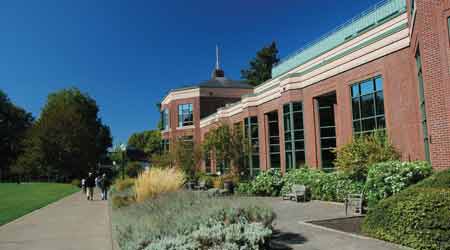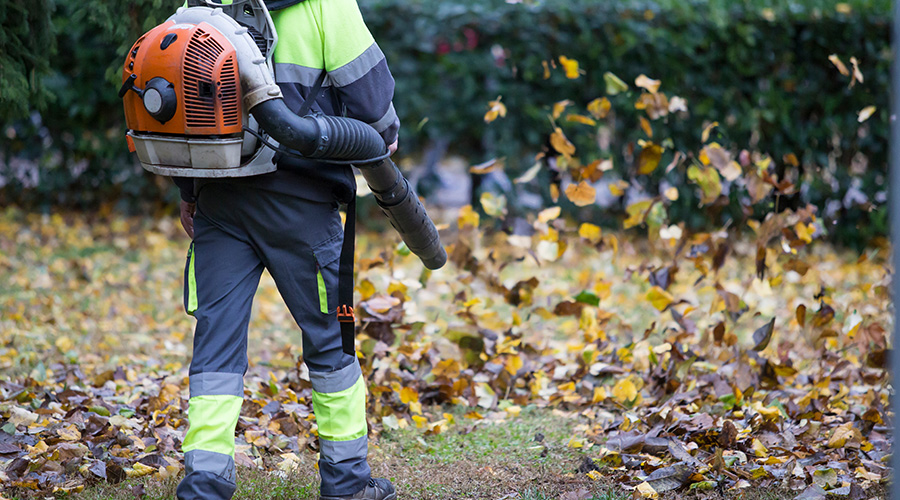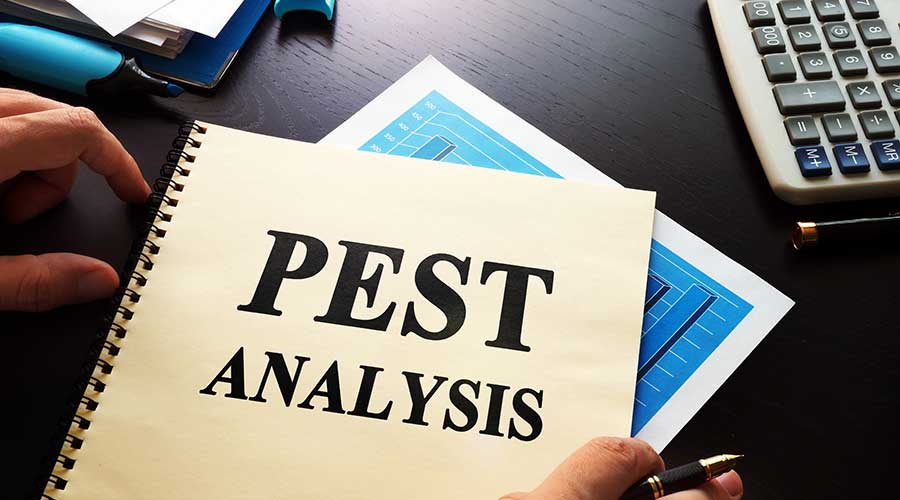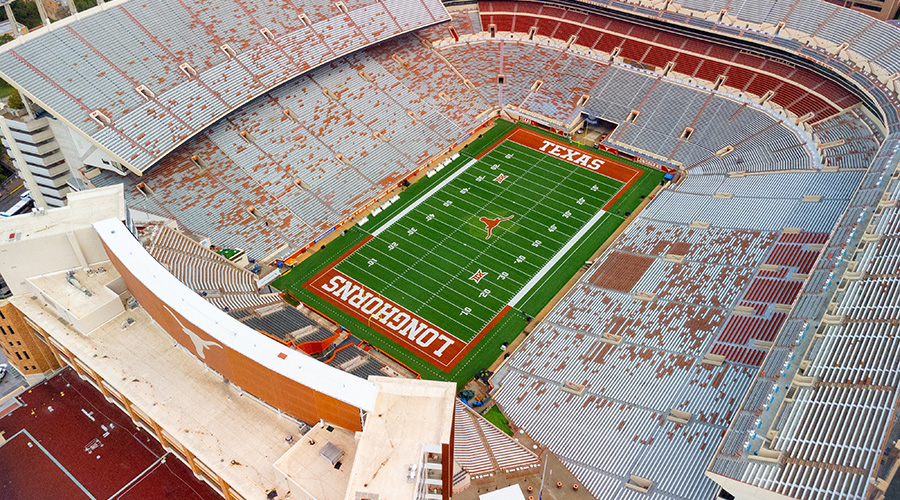Hardscapes: Earning LEED Points-Materials and Resources
Part two of a three part series on hardscape LEED Certification
Materials and Resources
In the Materials and Resources section of LEED v4, Credit 1.1 involves the reuse of building materials, including existing walls, floors and roofs. The intent is to achieve increasing levels of energy performance beyond the prerequisite standard to reduce environmental and economic impacts associated with excessive energy use.
Concrete masonry buildings are durable and, as a result, lend themselves to renovation rather than teardown. This strategy helps conserve natural resources, retain cultural resources, reduce waste and reduce the environmental impacts of materials manufacturing and transport.
The goal of the section’s Credit 2 related to construction waste management, is to divert construction and demolition debris from landfills and incineration facilities, to redirect recyclable recovered resources back to the manufacturing process, and to redirect reusable materials to appropriate sites. Strategies include redirecting broken or damaged concrete products back to the manufacturing process for other products and materials. Managers can donate or redirect concrete masonry and hardscape products that are not used and are reusable to another project.
Credit 4 of Material and Resources, which addresses recycled content, aims to increase the demand for materials with recycled content and, as a result, to lower the demand for virgin materials. The inert nature of concrete masonry lends itself to incorporating recycled materials. Concrete masonry units are routinely manufactured with byproducts from other industries, as well as from post-consumer materials.
Related Topics:














